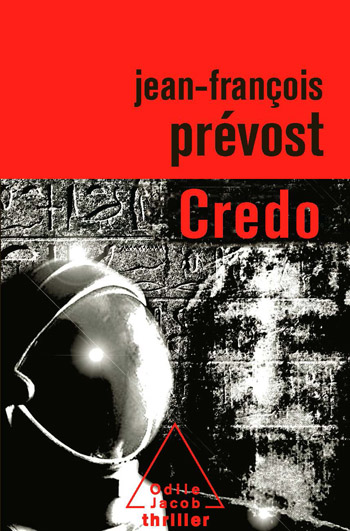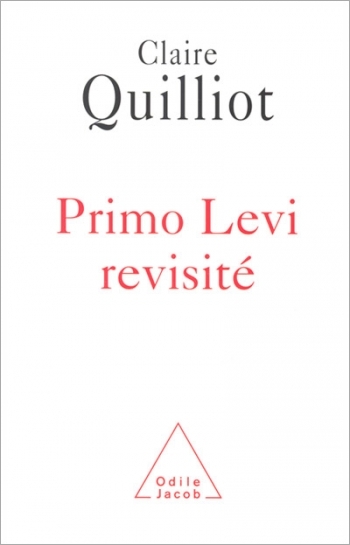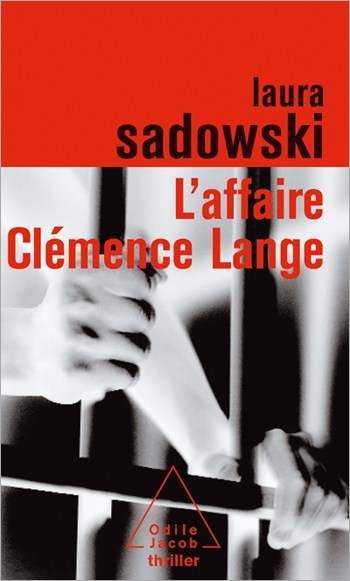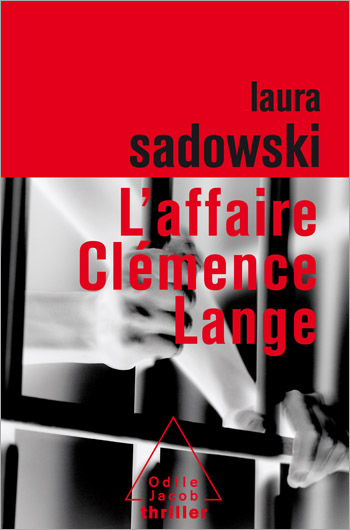Art and Literature All books

Isabelle Peretz
Learn Music What’s New in the Neurosciences
The fruit of more than thirty years of research on the neurobiological foundations of music in conjunction with education, which tells us everything about the way in which music acts and transforms our brain.
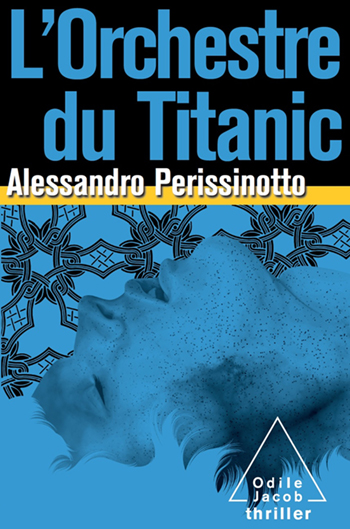
Alessandro Perissinotto
The Titanic’s Orchestra
The final book in the trilogy with amateur investigator Anna Pavesi — and the mood is darker and more terrifying than ever!
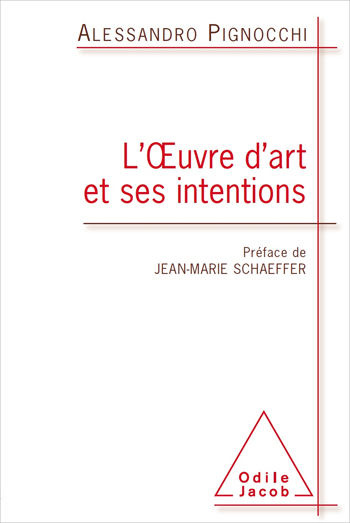
Alessandro Pignocchi
Art and Intention
The latest scientific research reveals how we perceive and judge works of art
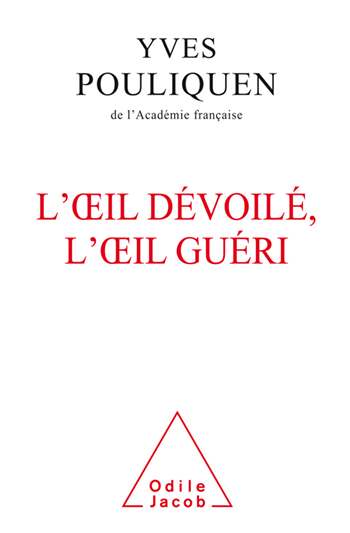
Yves Pouliquen
The Revolution in Eye Surgery the Journey of a Great Surgeon
The exceptional journey of one of the greatest specialists in ocular surgery. A reflection on medicine and the extraordinary progress carried out in 50 years.

Manuella Rebotini
Totemic Drums A Short History of Rock Music and Some Psychoanalytic Considerations
Contemporary American popular history, revisited by rock music and psychoanalysis
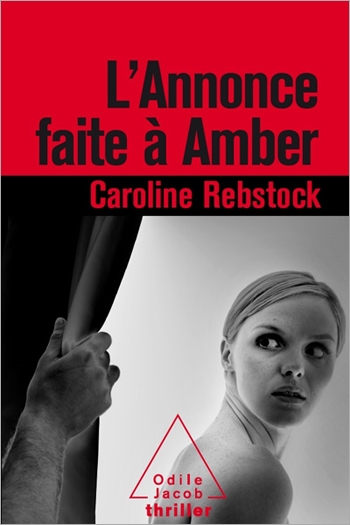
Caroline Rebstock
Amber Is Informed
Amber Materson, a young woman in her thirties, learns from a journalist that she is endowed with unique scientific properties: her blood contains stem cells still at the embryonic stage...
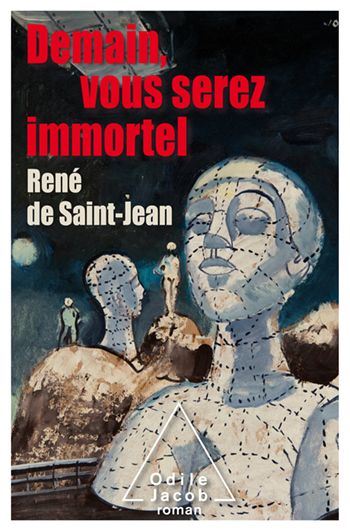
René deSaint-Jean
Tomorrow, You Will Be Immortal
A dystopia full of plot twists that enable us to imagine what might be the outcome and consequences of a world without death.
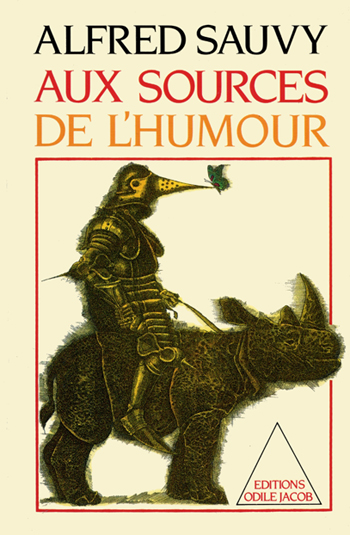
Alfred Sauvy
The Sources of Humour
With a view as encyclopedic as it is malicious, Alfred Sauvy invites us to journey through centuries and cultures in search of that eternal antidote to sadness and pedantry: humor. Faithful to his own voice, the author voluntarily leaves the floor to the humorists and offers us a pivotal reference work that combines erudition with an anthology that is full of alacrity. Alfred Sauvy (1898-1990) was a professor at the Collège de France, created and directed the Institut de Conjoncture, and later the National Institute of Demographic Study. Member of the Economic and Social Council of Paris, he was a longtime representative of France at the United Nations.
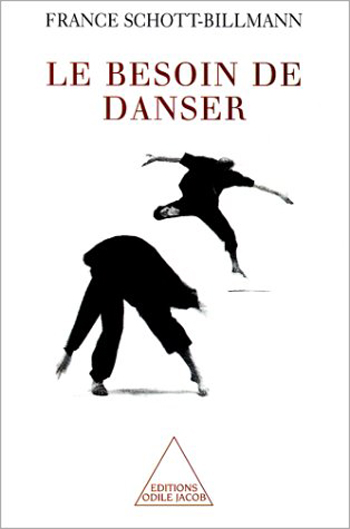
France Schott-Billmann
The Need to Dance
Village dances, the craze for Oriental and African dancing, the large number of rave parties - over the past few years, the joy of dancing seems to have been rediscovered in France. What does the desire to dance hide?

France Schott-Billmann
Therapy through Rhythmic Dance Healing through dance
Dance: an inner movement that can liberate any person who allows him or herself to be carried away by music.
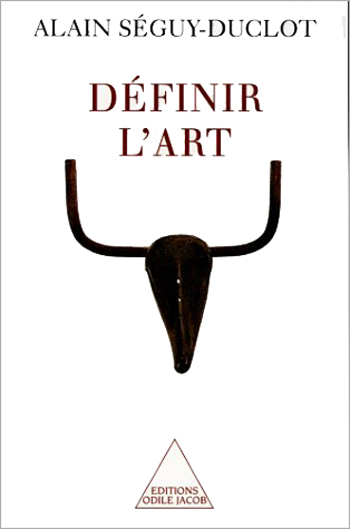
Alain Séguy-Duclot
Defining Art
The general consensus is that art is impossible to define and that the evaluation of works of art is always subjective. Countering these affirmations, Alain Séguy-Duclot shows in this work that art can, in fact, be defined. Duchamp's readymades (industrial objects in series, snow shovels, wine racks, etc) constitute a point of departure for this reflection. He argues that, rather than showing that art was undefinable, the readymades proved that art was definable. It is this that Séguy-Duclot sets out to prove in this incisive and passionate work. Alain Séguy-Duclot is a philosopher, and a professor at the University of Tours.

Daniel Sibony
Marrakech, Departure Point
During a weekend trip to Marrakech — his hometown — a novelist has a love affair that becomes intertwined with reminiscences of his childhood.

Daniel Sibony
Shakespeare
An author popular with readers interested in psychoanalysis and books about literature. A highly original and exhaustive examination of one of the world’s most popular playwrights.
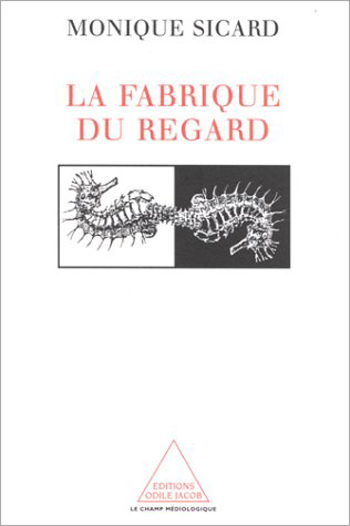
Monique Sicard
The Making of the Image
It was during the Renaissance that images and pictures were first used by anatomists, microscopists, and astronomers as scientific tools. In that era, scientific images served as a kind of inventory of the known world. In the 19th century, the popularization of scientific ideas gave science a new vigor. Photographic images gave science a new reality, explaining and legitimizing scientific concepts--movement, for example--to a fascinated public. In our days, the scientific image is often a construction--helping us to represent objects and ideas that, like fractals or black holes, cannot be defined through actual observation. Monique Sicard is Projects Director at CNRS Images Média.





